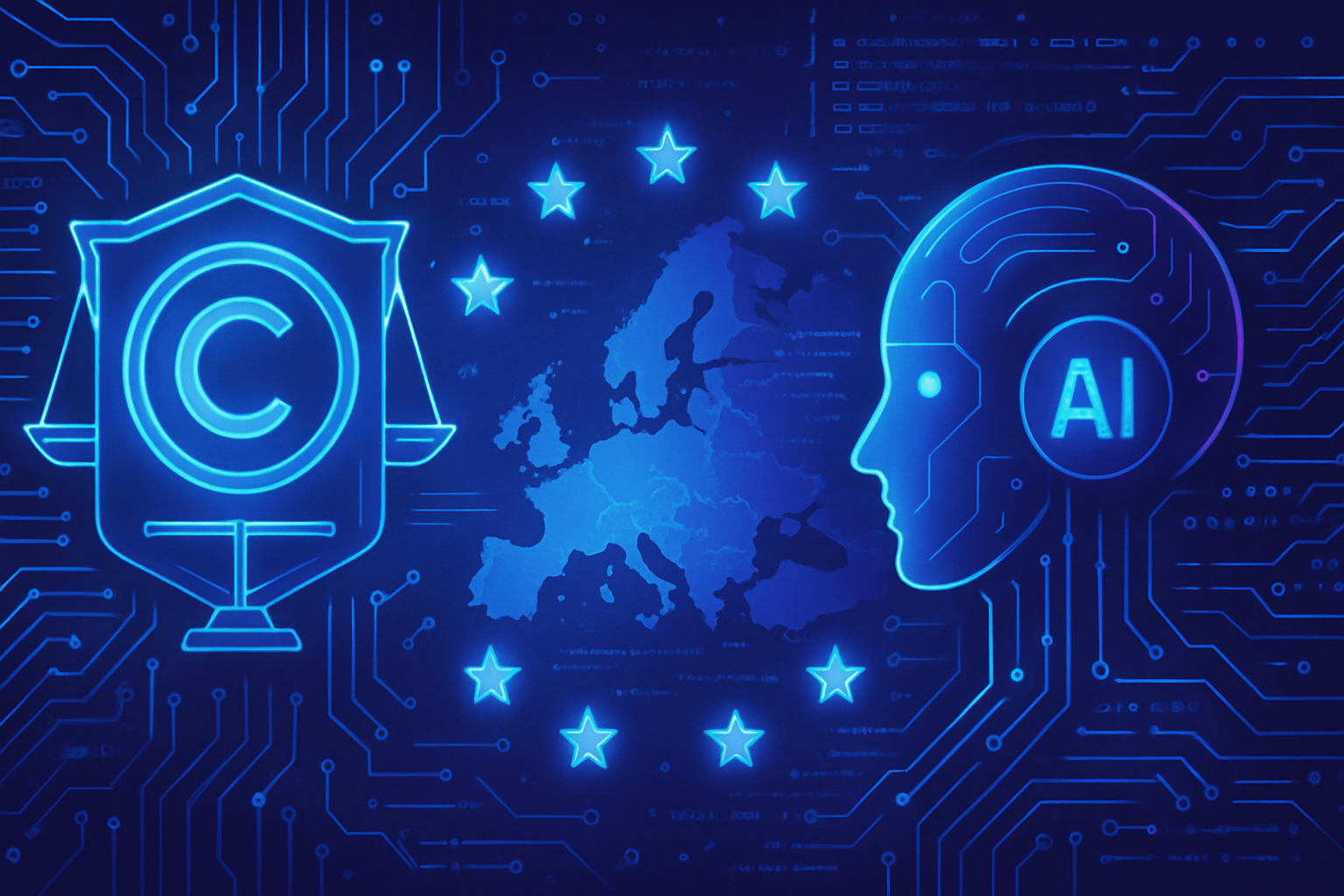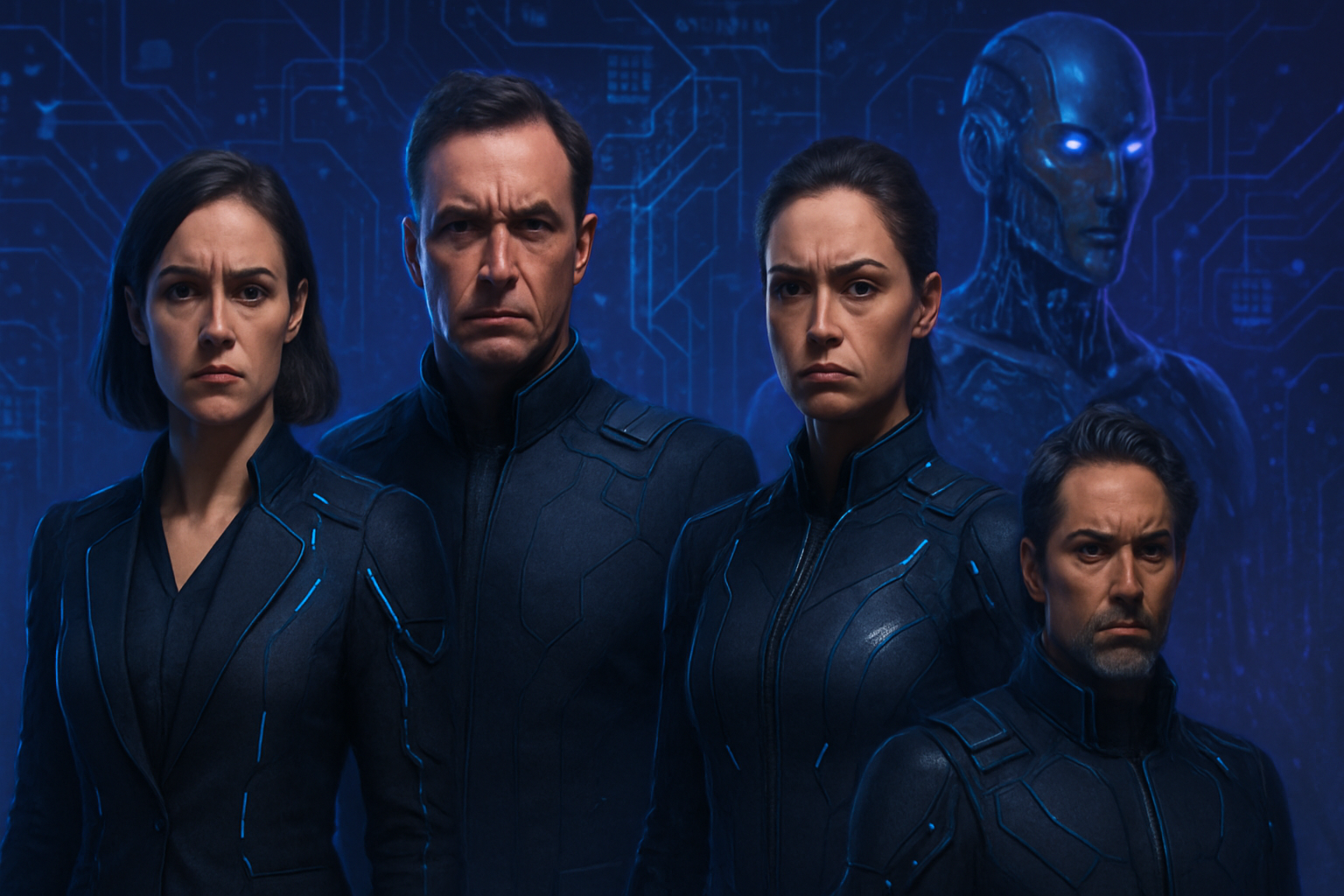The interaction between advanced artificial intelligence and abstract reasoning intrigues contemporary researchers. Modern machines exhibit remarkable skills in solving visual puzzles, often considered a bastion of human intellect. These advances raise ethical and philosophical questions about the future of intelligence and creativity.
Revealing sophisticated systems capable of analyzing complex patterns, could AI rival human capacity to discern and understand abstract contexts? The implications of this question extend across multiple disciplines, ranging from cognitive psychology to education, thus highlighting the need for deep reflection.
Artificial intelligence and visual puzzles
The question of whether advanced artificial intelligence can solve visual puzzles attracts many researchers. Recently, a team tested 24 machine learning models for their ability to solve puzzles based on the progressive matrices of Raven. These tests, known for their complexity, assess not only the cognitive capacity of machines but also their ability to perform abstract reasoning.
Testing machine learning models
Researchers submitted the models to visual puzzles, allowing for the appreciation of different aspects of their reasoning. The main objective was to determine the extent to which artificial intelligence can replicate a form of logic similar to that of humans. The results revealed notable disparities between the performances of the different models, with some AIs excelling in pattern recognition, while others failed in more abstract tasks.
Categories of puzzles
The Raven puzzles consist of several types of questions, each requiring a specific level of thought. These tests, designed for humans, generally require a level of abstraction that few AIs manage to fully master. The variability of results suggests that some algorithms are better suited for specific tasks, particularly those based on images.
Creation of puzzles by AI
The advances of generative AIs even allow for the creation of new visual puzzles. For example, a recent AI was designed to independently create three puzzles that, when solved, reveal three numbers whose sum is precise. This type of development highlights the growing capabilities of artificial intelligence in the field of creativity and logic.
Educational applications
The application of artificial intelligence in the educational sector is becoming increasingly evident. Educational platforms are now integrating these technologies to design exercises based on visual puzzles. This opens new perspectives for learning, providing students with an interactive and stimulating environment.
Abstract reasoning and challenges
Abstract reasoning stands out as one of the greatest challenges for artificial intelligence. Current capabilities allow for the tackling of logical problems, but mimicking human logic remains difficult. AIs still need to evolve to improve their contextual understanding, which constitutes a promising area of research.
Potential and limitations
Recent advances in AI systems pave the way for exceptional performances in deciphering visual puzzles. However, this efficiency must be nuanced by the recognition of their limitations. Machines often lack the cognitive flexibility required to process ambiguous or paradoxical information, which presents a challenge to overcome.
Conclusion on the challenges of AI
The applications of advanced artificial intelligence in solving visual puzzles and abstract reasoning raise exciting discussions regarding its evolution. The method for structuring these intelligences is evolving, involving new strategies such as collaboration between traditional technologies and innovative approaches. On the horizon, significant advances could transform our understanding of what it truly means to think and reason for a machine.
FAQ on artificial intelligence and visual puzzles
Can advanced artificial intelligence solve visual puzzles based on progressive matrices?
Yes, advanced artificial intelligence models, such as those based on machine learning, have been successfully tested on visual puzzles like Raven’s progressive matrices, demonstrating their ability to identify patterns and solve complex problems.
What types of visual puzzles can AI systems handle?
AI systems can handle a wide range of visual puzzles, including visual type puzzles, image classifiers, shape recognition problems, as well as tasks requiring abstract reasoning.
How does AI use abstract reasoning to solve visual problems?
AI applies machine learning algorithms that simulate human reasoning by analyzing patterns, making inferences, and generating solutions based on perceived visual contexts.
What are the limitations of artificial intelligence in solving visual puzzles?
The limitations of AI include reliance on training data, difficulty in understanding complex or ambiguous contexts, and the risk of overfitting to the specific characteristics of the data.
Can artificial intelligence create its own visual puzzles?
Yes, some generative AIs can autonomously design visual puzzles by using algorithms to create patterns and structures that can challenge human solving abilities.
How is AI evaluated in its ability to solve visual puzzles?
The evaluation of AI is generally conducted through standardized tests, comparing its performance to that of humans, as well as measuring accuracy and response time in solving puzzles.
Does artificial intelligence have an advantage over humans in solving visual puzzles?
In some cases, AI can process large amounts of data more quickly and accurately, but it may lack the intuition and creativity inherent to humans in more nuanced contexts.






